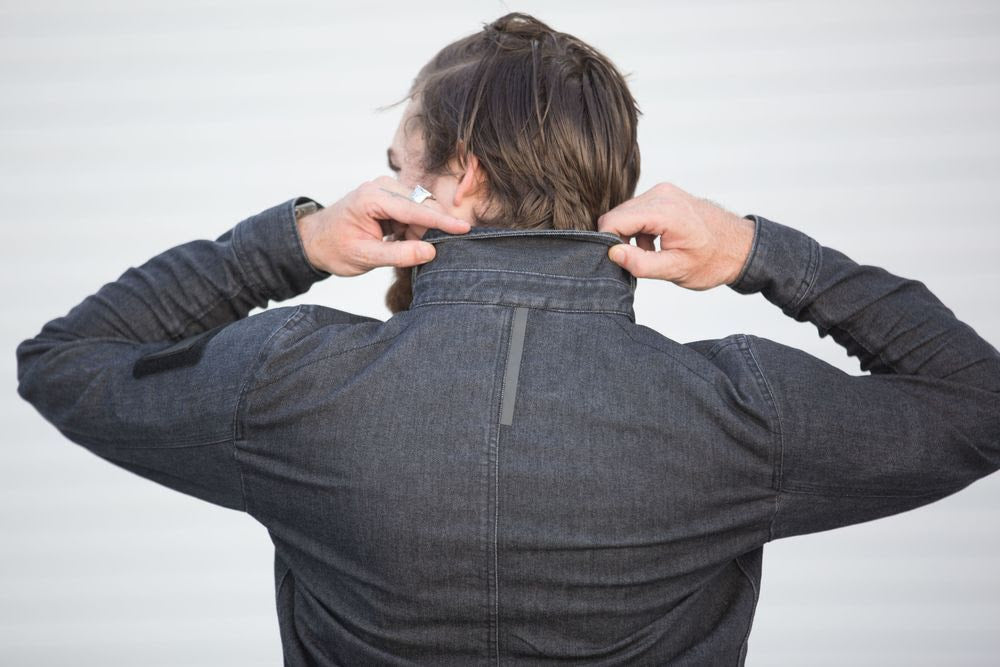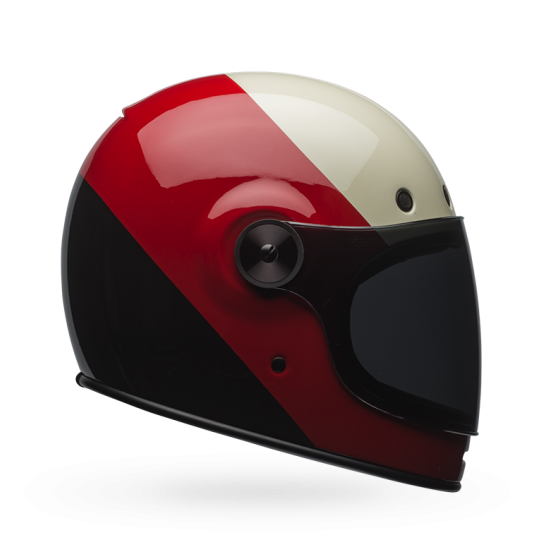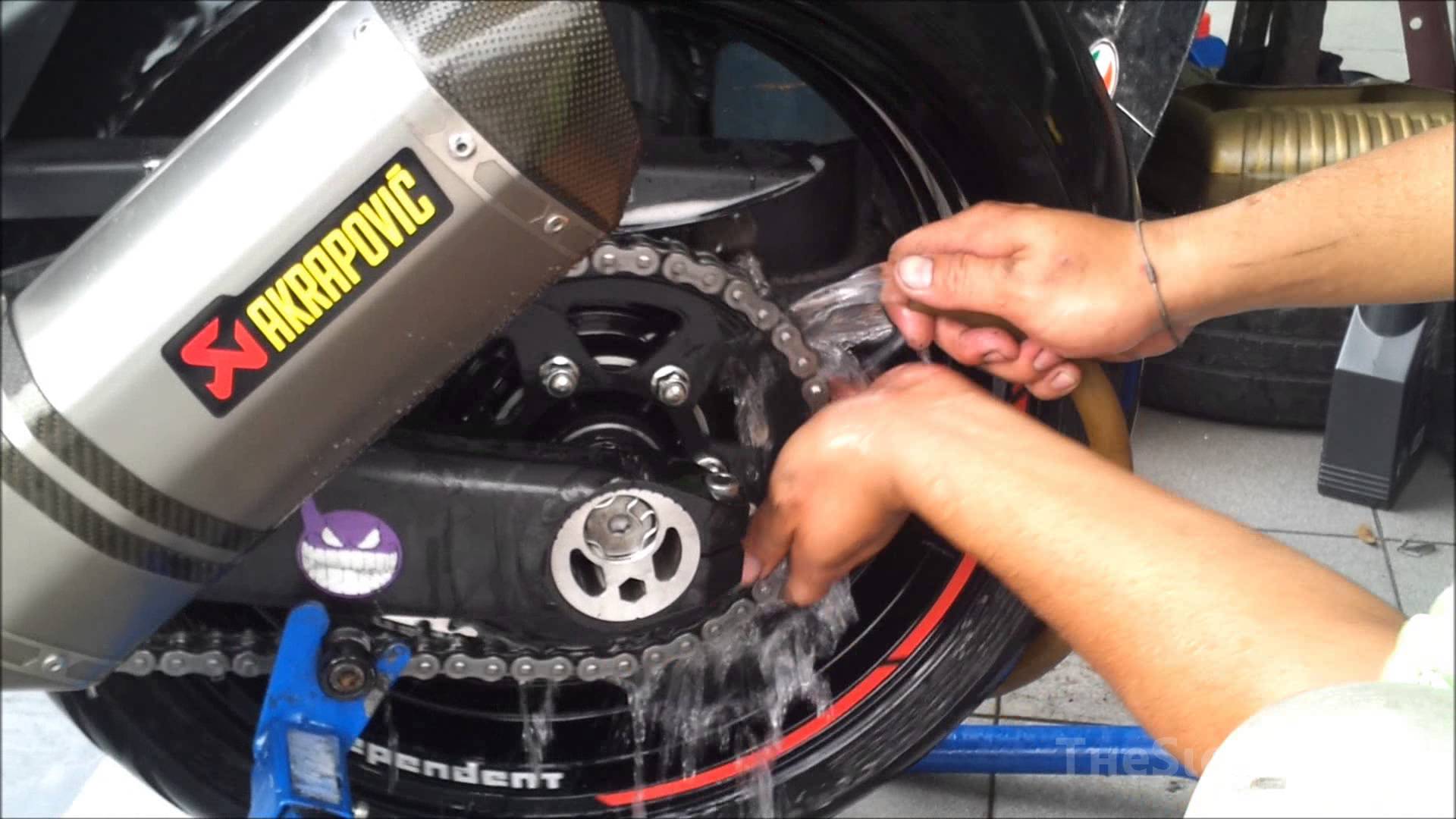
How to Choose the Right Riding Jacket
After a helmet, your riding jacket is arguably the 2nd most important piece of riding gear. A good riding jacket, with the right armor inserts, not just safeguards your shoulders and elbows, but also helps to protect your torso and spine from impact. A good quality riding jacket is a piece of engineering, designed and constructed to fit you like second skin, with abrasion-resistant fabrics, stitching that won’t fail you and reflectors that’ll keep you visible on the road.

Wondering whether you need a riding jacket at all, if riding at slow speeds or riding short distances only? The answer is a big YES! Because in case of a road rash, the asphalt isn’t going to be kind on your skin, no matter what your speed. Even the slightest impact on your joints can cause a lot of unease for days, maybe weeks.
Choosing the right riding jacket can be confusing, with a wide variety of brands, sizes, types of armors, etc. available in the market today. So let’s start with the basics of understanding riding jackets, which can help you make the right choice.

The various types of riding jackets available in the market are as follows:
1. Mesh Jackets: These jackets have mesh panels that are the most breathable fabric. Perfectly suited for the Indian summers, they are purpose build to allow maximum ventilation while keeping you safe and secure. A mesh jacket may come with a removable waterproof liner, depending on the brand and model.
2. Textile Jackets: Most textile jackets have an inbuilt waterproof liner, and a detachable thermal liner. Their outer shell usually isn’t breathable, however most textile jackets come with air vents for ventilation. These jackets are more suitable for the winters, and not so much for the summers, even when the thermal liner is removed.
3. All Weather Jackets: These jackets offer removable liners that make them versatile for all types of weather. The outer shell mostly consists of mesh panels and has detachable waterproof and thermal inner liners, to help in colder conditions and tackle monsoons as well. These jackets have their pros and cons of course. The biggest pro being that they serve in all seasons. Secondly, they’ll fit snug with all the liners inside, however once the liners are removed, the fit may suffer.
4. Touring Jackets: Touring jackets are like a Swiss knife. Jack-of-all-trades. They tend to be longer and focus on versatility. Most touring jackets come in 2 variations - either mesh outer shell with removable liners, or textile outer shell with huge air vents and removable liners. If you are into long distance rides, when you are riding long hours everyday through sometimes uninviting weather conditions, a good touring jacket is a must. And the more money you are willing to spend, the better the features and materials get. The best in class touring jackets come with a ‘GoreTex’ outer shell construction that provides waterproofing and inside-out breathability at the same time. Rev'it! Sand 3 is a perfect mid-range touring jacket that comes with CE 2 armors as default.
5. Leather Jackets: Nothing beats the feel and ubercool look of leather on two wheels! Leather riding jackets are not made from regular leather, but from superior quality high abrasion-resistant leather. A common misconception is that leather jackets are meant only for the winters. However, today one can get perforated leather jackets that add to the vintage appeal, yet have mesh panels on the chest, back and inside of arms to allow breathability. A fine example of one such is the Rev'it! Ignition 2 jacket.
6. Body armors/ vests: These aren’t jackets but serve the purpose of keeping you safe while riding. They are great for those days when you just want to wear a casual shirt/ t-shirt, or during peak summer days. The armors/vest fit well and snug under the T-shirt/shirt, but at the cost of exposing uncovered areas to road rash, unlike jackets that take the abrasion instead.

Now that you know the different types of jackets available, let’s talk about some of the other important factors to consider while choosing the right jacket-
Fit: How a riding jacket fits you will decide whether during a road rash it's the jacket rubbing on the road, or your skin rubbing on the jacket. A snug fit will always ensure that the armors stay in their place and the jacket doesn't flap around when facing high wind blasts. Different brands offer different fits, with models offering further variations. For example, a touring jacket will typically have lots of adjustment straps. While all weather jackets will fit snug with all the liners in, but once liners are removed, the fit may suffer. Therefore it’s best to try on options and pick the one that fits best!
Armors: Most good jackets come with CE grade armors on shoulders and elbows, and an optional CE level2 back armor. We’ve often noticed riders skipping the back armor altogether. But remember, your spine is as important as your brain and needs the protection of a back armor. A back armor also prevents the jacket from rolling up in case you are sliding down the road, legs first. So spending a little more money on a back armor will serve you well in the long run.
Most brands use foam fillers in the back armor's pocket, which gets mistaken to be a back armor. So be careful about that, as its not going to protect your spine.
A side note - Revít! has introduced revolutionary CE level 2 armors for shoulders and elbows in its higher-end 2017 lineup, which are flexible and breathable while offering the best protection. DO check it out online!
Ventilation: This is an important factor, especially if you are prepping for the harsh summers. Nothing beats the ventilation offered by a mesh jacket and body armors. Couple them with a cooling vest, and you are good to face the summers. Touring jackets with huge air vents also work out well for ventillation.
Abrasion resistance: Most riding jackets have polyester 600D on impact zones. But as you invest further, the quality gets better, offering qualities like better abrasion resistance, breathability along with waterproofing, and lighter weight.
For example, Rev'it! offers a fabric called Superfabric in its high-end lineup that is 5 times more abrasion resistance than leather!
Adjustment straps: They are very helpful in keeping the armors in place, and securing the jacket snugly. They are especially helpful in all weather jackets that require necessary adjustments once the liners are removed.
Waterproofing: There is a wide variety of waterproofing liners available in riding jackets - ranging from regular non-breathable materials, to breathable waterproof liners. The cost of a waterproof liner is purely determined by its breathability and of course its ability to avoid water penetration. For example Rev'it!'s Sand 3 jacket comes with Hydratex 3L waterproof liner that is waterproof till 5,000 mm and breathability of 7000 grams of water vapor per square meter in 24 hours. Now if you step up to the Rev'it! Neptune jacket, that comes with a GoreTex waterproof liner, it offers waterproofing of 28,000 mm and breathable upto 15,000 grams of water vapor.
Color: Any lighter colored jackets tend to get dirty pretty quickly depending on where you live. Black is the most commonly opted color in jackets. See how much care you can take of your jacket and decide accordingly.
Warranty backup: Purchasing any riding gear from a genuine and trusted dealer is a must. Beware of fake products in the market that will not come with any after-sale warranty and replacement service. Don't compromise on your safety by trying to save a few thousand bucks.

A quick note in the end about proper care for your riding jacket. Avoid dry cleaning, machine washing and drying, fabric softeners, harsh detergents, scrubbing too hard when hand-washing. And make sure to remove armors when washing your gear. Unlike other wearables, your riding gears’ fabric is supposed to be in its pristine condition to provide the best abrasion resistance. You don't want structural damage to your gear at a molecular level that is invisible to the naked eye.
Riding gear not just keeps you safe during mishaps, but also protects you from harsh weather elements. And at the same time keeping you comfortable, visible and snug, giving you peace of mind while riding.
Choose wisely and your riding gear will be your loyal companion on the road!

